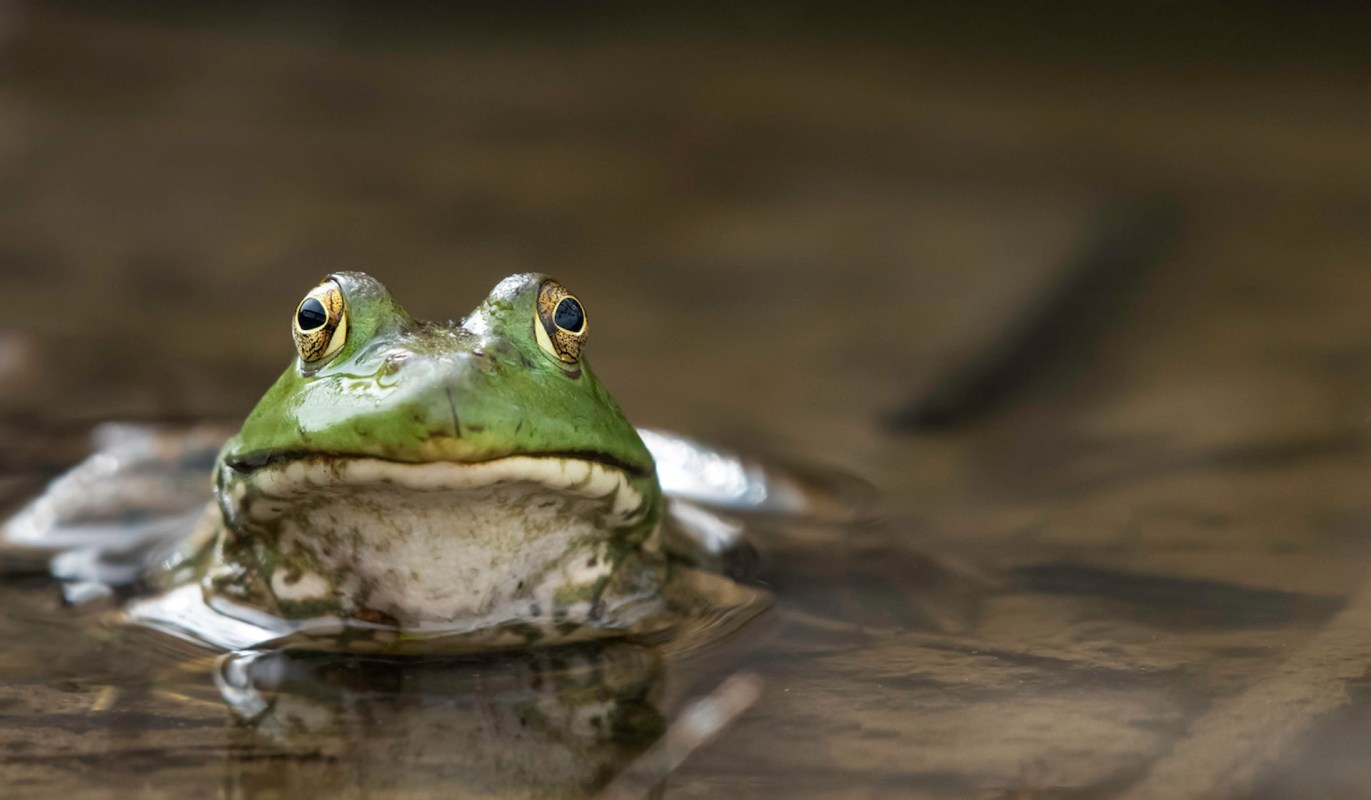The effects of human-caused pollution are impacting ecosystems and species worldwide. Apparently, they are impacting one type of animal in shockingly large numbers, as a study revealed that 41% of amphibian species worldwide are "globally threatened."
What is happening?
The study, published in Nature, found that nearly 2,900 species of frogs, toads, salamanders, and other amphibians are vulnerable, endangered, or critically endangered.
"Amphibians are the most threatened vertebrate class (40.7% of species are globally threatened)," the study's authors wrote. "The status of amphibians is deteriorating globally, particularly for salamanders and in the Neotropics. Disease and habitat loss drove 91% of status deteriorations between 1980 and 2004."
Amphibians have permeable skin, which leaves them especially vulnerable to the effects of pollution and more vulnerable to dehydration as conditions become hotter and dryer as a result of the ongoing overheating of our planet.
"To survive in the face of this rapidly changing climate here on Earth, amphibians must adapt to these changes or move elsewhere," the study's lead author, Kelsey Neam, told NBC News.
Why is this concerning?
When one species goes extinct, it is not just a problem for that species but for all life on our planet. Ecosystems are complex webs of interconnected lifeforms, and removing one or more of those lifeforms will have ripple effects throughout the ecosystem.
"When a species becomes endangered, it is a sign that the ecosystem is slowly falling apart," writes the Endangered Species Coalition. "Each species that is lost triggers the loss of other species within its ecosystem. Humans depend on healthy ecosystems to purify our environment. Without healthy forests, grasslands, rivers, oceans and other ecosystems, we will not have clean air, water, or land. If we allow our environment to become contaminated, we risk our own health."
What can be done about it?
According to the study, the most crucial step to take in order to prevent the extinction of thousands of amphibian species is to protect their habitats, which are under threat worldwide.
"This study … reinforces that effective habitat protection continues to be a priority for amphibian conservation, as it contributed to the greatest number of status improvements since 1980," the study's authors wrote. "However, more amphibians are threatened with extinction than ever before, underscoring the urgency of halting the destruction and degradation of their habitats."
This would include mitigating both the legal and illegal expansion of agriculture and creating legal protections for sites that are most important to the threatened species.
Join our free newsletter for cool news and cool tips that make it easy to help yourself while helping the planet.









